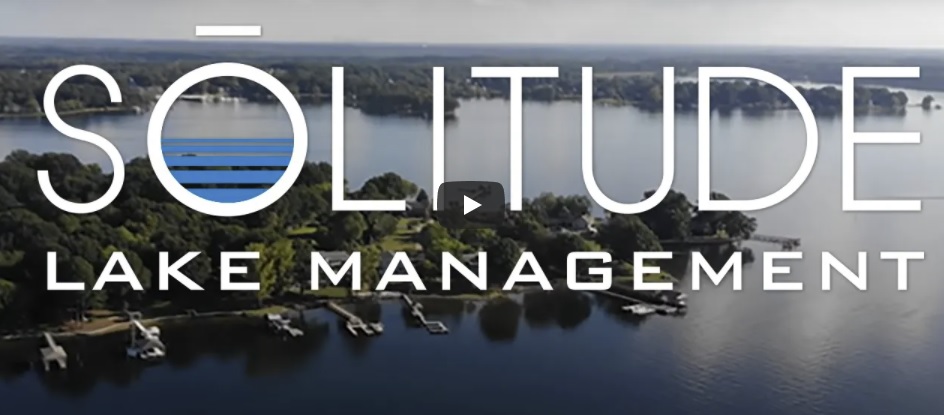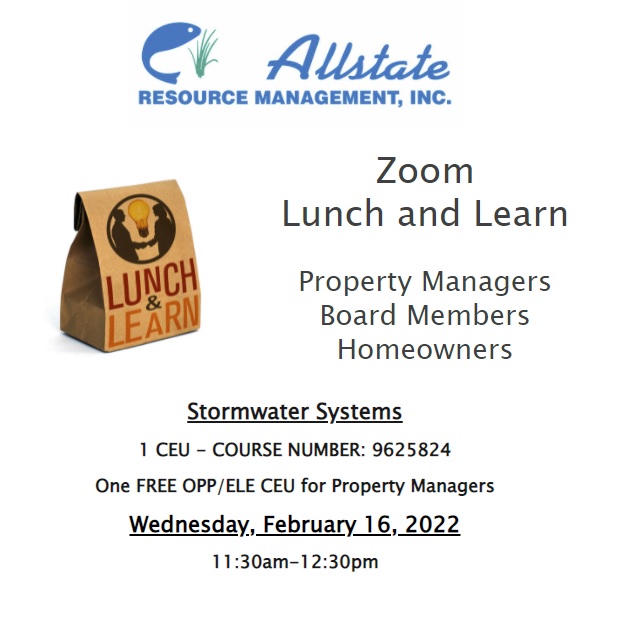SFPMA has been monitoring the COVID-19 & Omicron and its impact on our industry. Mask Mandates are Changing!
We are encouraging all members, Property Managers, Board Members for Condo and HOA’s and the industry in general to follow:
We understand that everyone has questions:
It is important to recognize we are not health care professionals. We have been looking to the experts. The CDC and other qualified health officials should continue to be the primary source of current information and guidance. Were offering general, precautionary guidance from officials and adding some common-sense guidelines for our industry.
Mask Mandates are changing!
Many States have already set as requirements for businesses, schools and Offices all over the US. The reversal of wearing Masks. This is great news for many, now you do not have to put on the masks if you dont wish to. As we go forward some that are at risk still will protect themselves, while others wont put them on. Dont get mad at them or start a problem…. You dont know what they are doing in Their Live! they might have a lower immune system in their bodies? they might take the stand that masks dont work? they even may believe in the Science or lack of?
Every person has the right to keep wearing a mask or not! so work with your group, community and management to find a solution you can adapt to keep everyone in your buildings safe. this could mean, in the common areas, with visitors and guests inside and outside your buildings. its best to have an open discussion with a group. find out what they think? and put in place rules to keep everyone safe.
Thank You, Be Safe. SFPMA
We know it’s a balancing act for community association leaders— and the desire to keep residents and guests safe as the face mask debate continues— even for the fully vaccinated. ( Part of this article copied from: Covid Masks) We are all working together for the safety for all.
As some local jurisdictions and/or states lift and others reinforce mask mandates, what does this mean for homeowners associations and condominium communities with shared spaces including—fitness centers, clubhouses, lobby areas, and mailrooms? We contacted CAI members, practicing common-interest law to share an update on face masks in common areas. From the outset of the pandemic, Edmund Allcock, a partner with Marcus, Errico, Emmer & Brooks in Braintree, Mass., and a fellow in CAI’s College of Community Association Lawyers (CCAL), encouraged community associations to follow recommendations from the Centers for Disease Control and Prevention, as well as state and local guidelines, to mitigate the spread of COVID-19.
“At the beginning of the pandemic, we recommended closure of (common areas),” says Allcock. “Since the development of the vaccine, everything seems to have reopened, so I do not see why the clubhouse, or the gym should be any different.”
In Washington, application of state and local health mandates to community associations have been inconsistent, notes Anthony L. Rafel, managing partner at Rafel Law Group in Seattle, and a CCAL fellow. “The governor’s proclamations and the state secretary of health’s orders requiring masks in indoor congregate spaces make no exception for community associations,” he explains. “We’ve advised our community association clients that the requirements are applicable to common areas.”
Meanwhile, the California Department of Public Health has clarified that “indoor public settings” applies to board and commission meetings, but there is some disagreement as to whether community associations have to follow the state’s mask mandate, says Nathan R. McGuire, managing partner at Adams Stirling in Northern California, and a CCAL fellow. McGuire notes that his firm is advising that community associations are not public. Therefore, the guidance does not technically apply to them.
When it comes to guidelines community associations should follow to minimize the spread of COVID-19, Rafel says to lean on the side of greater protection for residents and guests. “Masks should be worn in lobbies, hallways, gyms, clubhouses, and meeting spaces if required or recommended by federal, state, or local health officials,” he says.
McGuire also believes masks should be required in indoor common areas to mitigate the spread of the disease. “Another option is to require only those who are unvaccinated to mask indoors and allow them to self-attest to their vaccination status. Meaning that, if someone enters the indoor setting without a mask, the resident or guest is self-attesting that they are vaccinated,” he notes.
Find out more on our Industry Web Pages for Condo, HOA and Property Management.
Tags:
Common Area Issues,
Condo and HOA Law,
Management News,
SFPMA Articles
 Clif brings 20+ years of experience in progressive leadership roles, including serving as CFO of a major provider of advanced technology solutions across the federal, state, municipal, commercial, and petrochemical refinery markets, and extensive experience with A/E firms. He has a wide technical accounting foundation with experience in public accounting, US GAAP, controls, reporting, systems, FP&A, corporate development, and treasury and strong penchant for building consensus, creating effective relationships, and negotiation skills.
Clif brings 20+ years of experience in progressive leadership roles, including serving as CFO of a major provider of advanced technology solutions across the federal, state, municipal, commercial, and petrochemical refinery markets, and extensive experience with A/E firms. He has a wide technical accounting foundation with experience in public accounting, US GAAP, controls, reporting, systems, FP&A, corporate development, and treasury and strong penchant for building consensus, creating effective relationships, and negotiation skills.  The Falcon Group
The Falcon Group



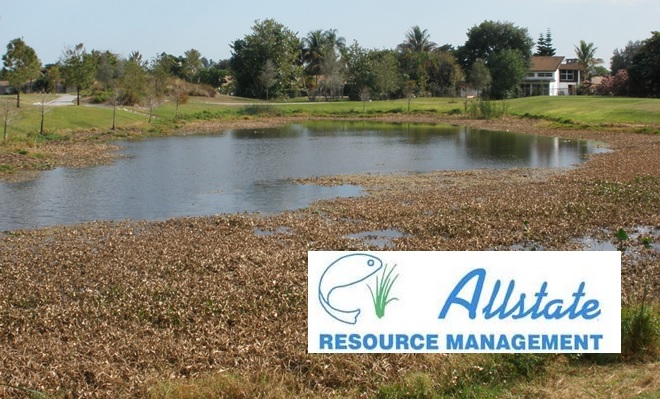
 Algae growth in South Florida lakes is not an uncommon thing, but it seems to be more of a nuisance in the summer months. What are the causes of algae growth in our community lakes and why is it more prevalent in our warmer, rainy season? Algae, like all other plants, requires sunlight and nutrients to grow. These ingredients are the primary factors in how much and how fast algae is going to grow, but our urban waterways have unique circumstances that also contribute to the potential for algae growth during our summer months.
Algae growth in South Florida lakes is not an uncommon thing, but it seems to be more of a nuisance in the summer months. What are the causes of algae growth in our community lakes and why is it more prevalent in our warmer, rainy season? Algae, like all other plants, requires sunlight and nutrients to grow. These ingredients are the primary factors in how much and how fast algae is going to grow, but our urban waterways have unique circumstances that also contribute to the potential for algae growth during our summer months.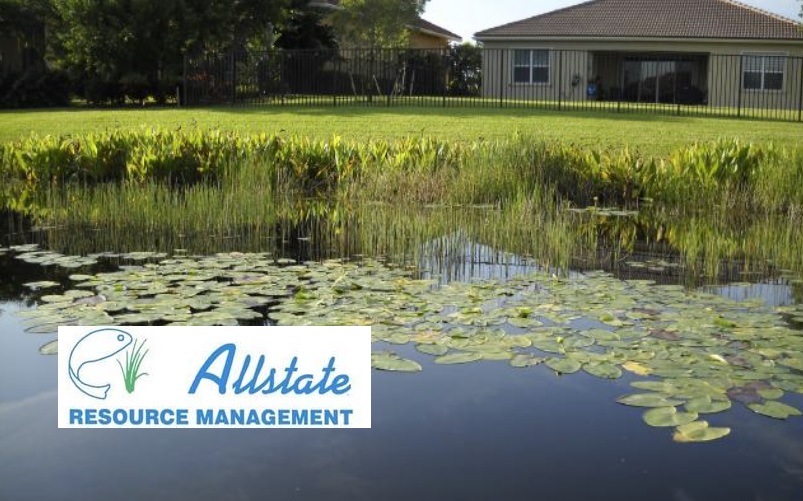


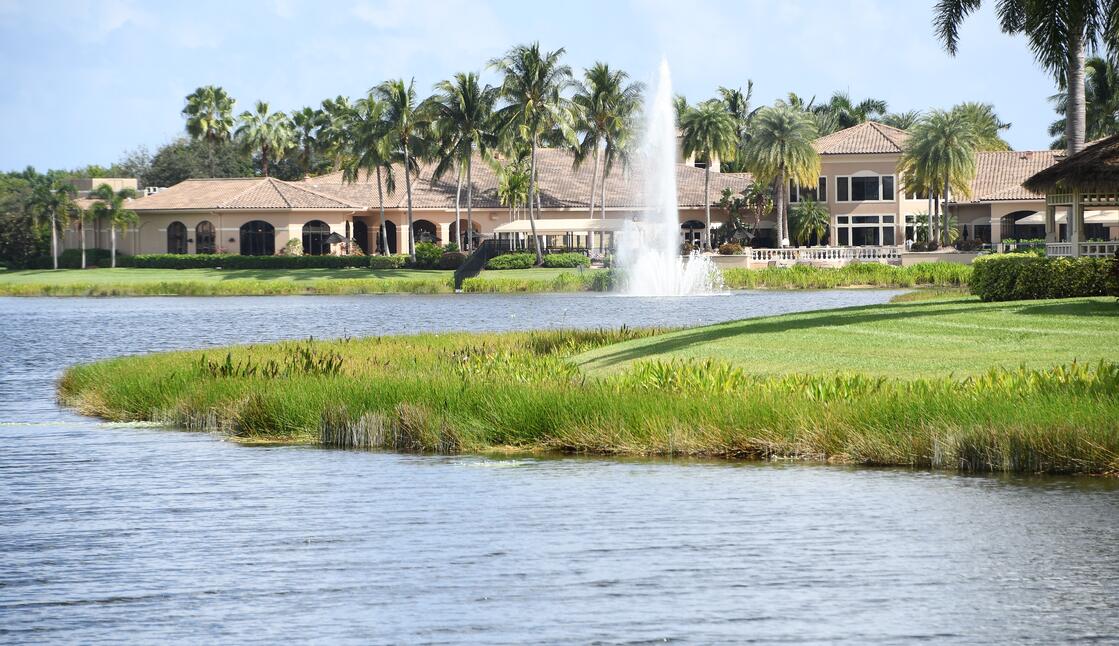

 Simply put, wetlands are lands that transition between terrestrial and aquatic environments. More specifically, wetlands contain soils that are inundated long enough to support the growth and reproduction of diverse vegetation.
Simply put, wetlands are lands that transition between terrestrial and aquatic environments. More specifically, wetlands contain soils that are inundated long enough to support the growth and reproduction of diverse vegetation.




